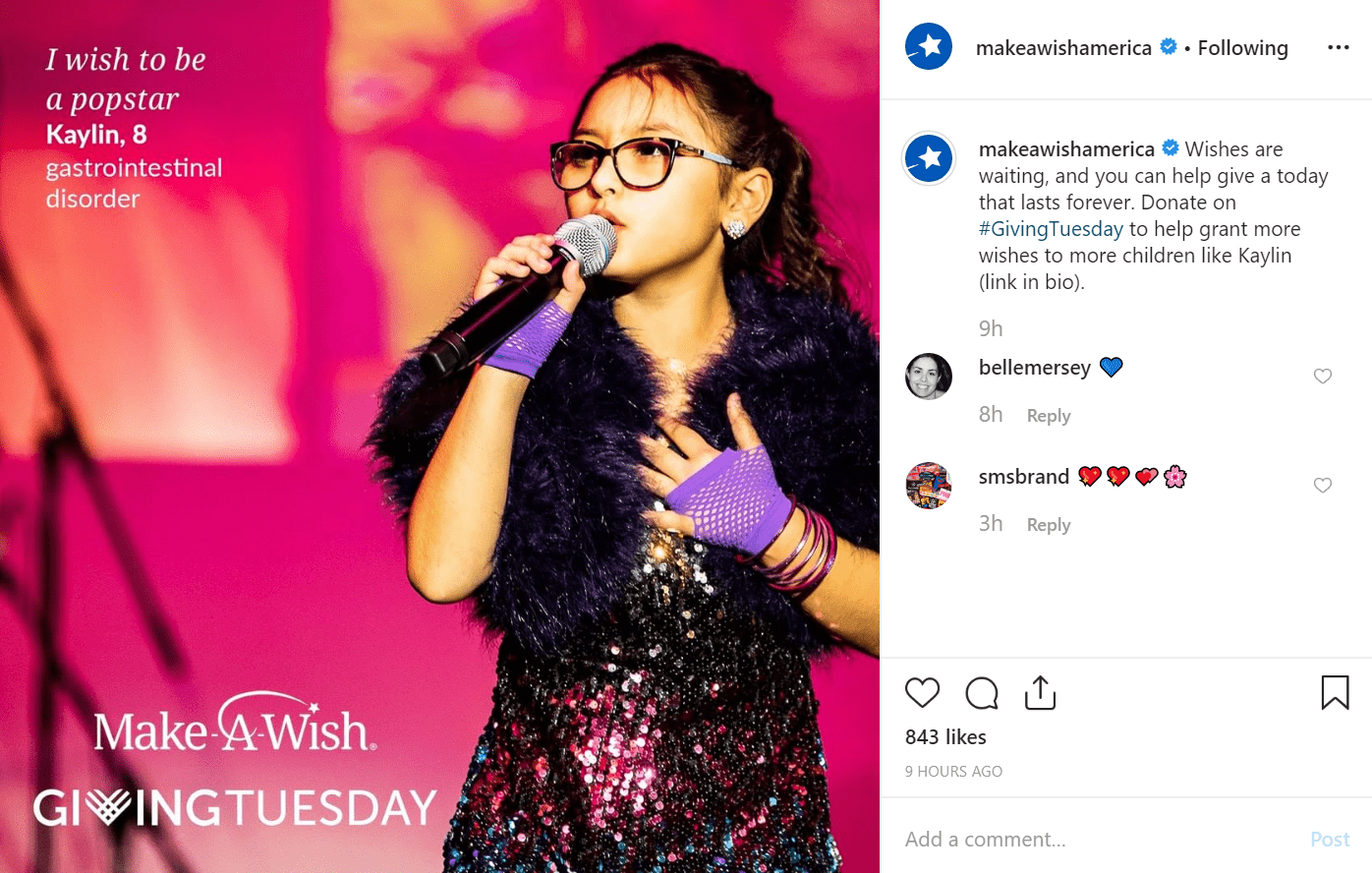A guest post by Mary Cahalane
If I could change one thing in our sector, I would focus on better communication with our supporters.
This means communicating consistently. Communicating with purpose. And communicating like a human.
I’ll say more about each. But first, none of these changes will happen without a commitment.
It takes effort and investment to build a program that reaches the most people possible in the best way possible. So don’t make decisions about frequency or channel based on budget. Learn the right way to communicate. Spend the money needed. And you’ll create a program that will help you support and expand your mission.
Be Consistent
Begin by honing your basic message. You will use different words; you will use the message in different ways and at different times. But first, answer these donor questions:
- Why do you need my support?
- What will change if a donor gives?
- What good thing can a donor do- or what bad thing can they prevent?
Give this serious thought. Then distill it to its essence.
Repetition works. You want a powerful message to be present in every communication with your supporters. It’s not always easy to find this core message. But it’s crucial.
Once you know what your message is, plan a consistent program of communications.
If you know who your supporters are, you will understand the best ways to reach them. Do not decide that email is cheap, so that’s how you’ll communicate. Email may be cheap, but if your donors respond to direct mail, you will lose money.
Your communications plan should include more than just solicitations. It’s important to think through your program with your supporters front of mind. What will they want?
They will want to know why they should give. They will want to know that their gift arrived, is being put to good use and you appreciate their generosity. And that you appreciate their generosity. And they will want to know that you used their gift as you said you would. They want to see their gift in action.
Remember that even if your supporters love your cause, you won’t be front of mind at all times. So plan several ask/thank/report cycles throughout the year. That’s not as scary as it sounds!
Here’s a simple plan (you can definitely do more if you like!):
- Three direct mail appeals
- Three thank you letters – 1 per appeal
- Three newsletters (or “newsy letter”)
- (And… bonus points: a survey for donor feedback)
But wait: those documents can then be recycled into different channels. Then you get more for your effort. That direct mail appeal? Use copy from it for email and social media. Do the same with your newsletters.
Now you have written a few pieces. You’re communicating all year round, in different channels. And you’re focused on the same key message. That makes it more likely that your supporters and potential supporters will see and absorb your message.

Photo by “My Life Through A Lens” on Unsplash
Communicate With Purpose
When you think through your key messaging, focus on your mission. Not on how hard you work, but on what you do – or can do with supporters’ help.
It’s all about your mission. Stay true to that and you’ll be more effective.
Here’s an example:
Jane Donor receives a direct mail pack. On the cover is copy like “Join our Annual Appeal”. But Jane doesn’t care about your annual appeal. YOU care about your annual appeal. Jane wants to know what good she can do by giving to you. Your fiscal year, your annual appeal… that’s inside talk.
Donors are wonderful. They learn of a problem in the world, and they choose to help solve it. Treat them like partners in your work. Bring them as close as you can to that work.
Your fiscal year, your annual appeal, those are not your mission. Focus on your mission.
Treat stories like gold – and go dig for them! Build a story bank and a photobank, centered around your programs.
Communicate Like A Human
Showing your needs is not weakness. It’s the reason your organization exists. If you could solve the problem all by yourself, you wouldn’t need an organization.
Welcome vulnerability and empathy. We make giving decisions with our hearts, not our heads. You need to communicate with your heart as well.
That means using simple, easy-to-read language. (Not because your supporters aren’t bright. But because reading something simple is easier. And you cannot make a supporter read something that’s hard to read.)
That also means emotional language. Your best intellectual argument will fall when compared to a good story. Do not be afraid of emotions! They make their way into our minds and hearts much faster than logic does.

Photo by Aarón Blanco Tejedor on Unsplash
Appeals
Focus on needs, stories and feelings in your appeals. Statistics are not what moves humans. Show the need, on an individual level. And ask- boldly and often.
Newsletters
Newsletters are an underappreciated part of your donor communication program. Done well, they are gold. This is where you show and tell donors what they accomplished. This is not where you pat yourself on the back – the credit goes to your supporters!
Show them – with stories, and maybe an interesting graphic, what happened because they chose to be generous.
The most tested format for this is a four-page newsletter. If yours is a smaller organization, you can do a “newsy letter” (thank you to Simone Joyaux for that name). Just a piece of paper, both sides, with short stories about how your supporter has helped.
You can include a response form and return envelope with your newsletter. And if you give it the attention it deserves, your newsletter can make money!
Thank you letters
Some of the saddest communications I receive are thank you letters. I don’t know what it is about saying thank you well that seems to be so hard.
Thank you letters are not form letters. They are not business correspondence. They are not about money, because your donor wasn’t focused on money. She was thinking about what a great thing she could do with a gift.
Your donor doesn’t care if it’s sent on behalf of your board of directors. She doesn’t need a few paragraphs about how wonderful your organization is.
This needs to be all about how wonderful your donor is and how much impact she will have because she chose to be kind and generous.
It’s Not As Hard As You Think To Communicate Well
Meaningful, mission-filled, grateful communications can touch your supporters’ hearts. They may also refill your own. If your organization’s work matters, then sing it. And when someone responds, send them a hug.
And if you’re feeling insecure, worry less about perfection and more about sincerity. Simple communications- lacking beautiful design or professional copywriting- can still say so much. You can do this!

Mary Cahalane is the principal of Hands-On Fundraising. After more than 35 years in the nonprofit world, Mary still approaches her work hands-on. She’s a consultant, copywriter and blogger and helpful is her mission. Mary knows connecting your vision and your donors is the secret to a strong organization. So she helps organizations with effective donor communications and smart planning.
Your organization- and the entire nonprofit sector- deal with a lot of problems that desperately need fixing. Download my newest free ebook where eight sector experts provide solutions and ideas for tackling some of the challenges you face.




